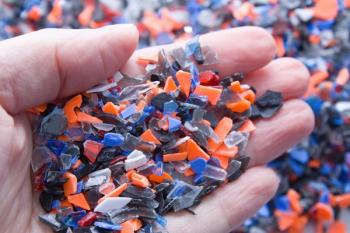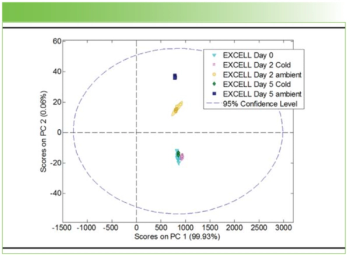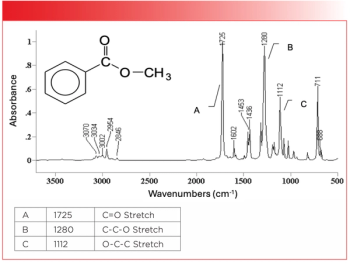
Using pXRF Analysis and Automated SEM-EDS To Study Stonehenge's Altar Stone
A recent study used portable X-ray fluorescence analysis (pXRF) and scanning electron microscopy-energy dispersive spectroscopy (SEM-EDS) to uncover new insights into Stonehenge’s Altar Stone.
A study published in the Journal of Archaeological Science seeks to shed light on the origin and significance of the Altar Stone at Stonehenge (1). The Altar Stone, also known as Megalithic Stone 80, has long puzzled archaeologists because of its unique composition and anomalous characteristics compared to the surrounding bluestones.
Traditionally considered part of the bluestone assemblage, the Altar Stone stands out because of its grey-green micaceous sandstone makeup (1). Back in 1844, a sample, labeled as 2010K 240, was taken from underside of the Altar Stone. In this recent study, a team of scientists took this extracted specimen and used nondestructive techniques to examine it (1).
The petrographic analysis of the sample revealed a distinctive mineralogy marked by the presence of baryte and kaolinite, alongside abundant calcite cement (1). Determining the mineral composition of the sample allowed the researchers to validate the authenticity of the sample,corroborating the historical record indicated on the specimen label (1). Furthermore, the researchers used portable X-ray fluorescence (pXRF) analysis for elemental analysis of the sample. pXRF analysis revealed high levels of barium (Ba) at 0.13 wt%, a feature attributed to the presence of baryte (1). These results not only validate the origins of the examined specimen but also lend credibility to recent attributions of other samples to the Altar Stone.
The significance of this study extends beyond the mere authentication of the Altar Stone's composition. The 2010K 240 samples provides an invaluable proxy for future research endeavors focused on understanding the stone's geological characteristics, historical context, and potential ceremonial purposes (1). It opens a new avenue for investigating the Altar Stone's role within the broader context of Stonehenge's architectural and cultural significance.
With their documented provenance, the specimen offered researchers a tangible connection to the past and enable non-invasive investigations that do not harm the specimen under study (1). The application of pXRF technology showcased the capability of non-destructive techniques in unraveling the mysteries of ancient monuments like Stonehenge, where invasive methods could be detrimental (1).
The investigation underscores the value of interdisciplinary collaboration between archaeologists, geologists, and conservation experts. By harnessing the power of both traditional petrographic analysis and cutting-edge technologies, such as pXRF and automated scanning electron microscopy-energy dispersive spectroscopy (SEM-EDS), researchers can reconstruct the geological and historical narratives of ancient structures without causing harm (1).
Stonehenge continues to be one of the most recognizable symbols of England, and one of the most mysterious archaeological sites. Archaeologists are uncovering more information about the origin of the megaliths that comprise Stonehenge. This study represents another step into discovering more about this site. By using pXRF and SEM-EDS, the research team showed that spectroscopic techniques such as these can reconstruct the geological and historical narratives of ancient structures without harming them (1).
Reference
(1) Bevins, R. E.; Pearce, N. J. G.; Pirrie, D.; et al. Assessing the authenticity of a sample taken from the Altar Stone at Stonehenge in 1844 using portable XRF and automated SEM-EDS. J. Arch. Sci. Rep. 2023, 49, 103973. DOI:
This article was written with the help of artificial intelligence and has been edited to ensure accuracy and clarity. You can read more about our
Newsletter
Get essential updates on the latest spectroscopy technologies, regulatory standards, and best practices—subscribe today to Spectroscopy.




